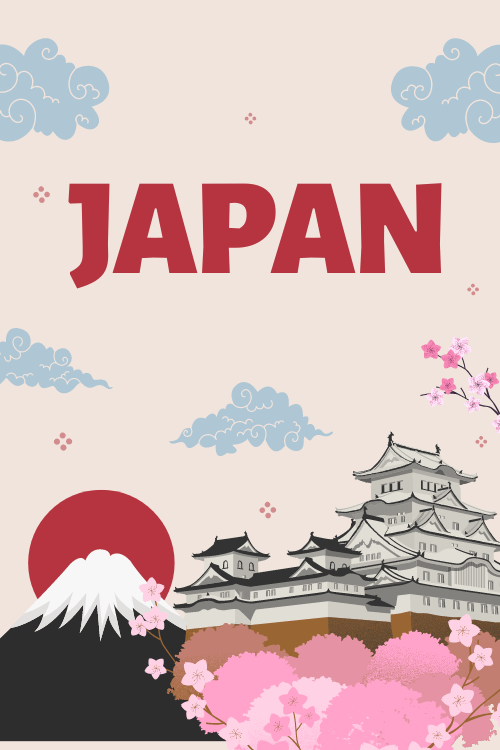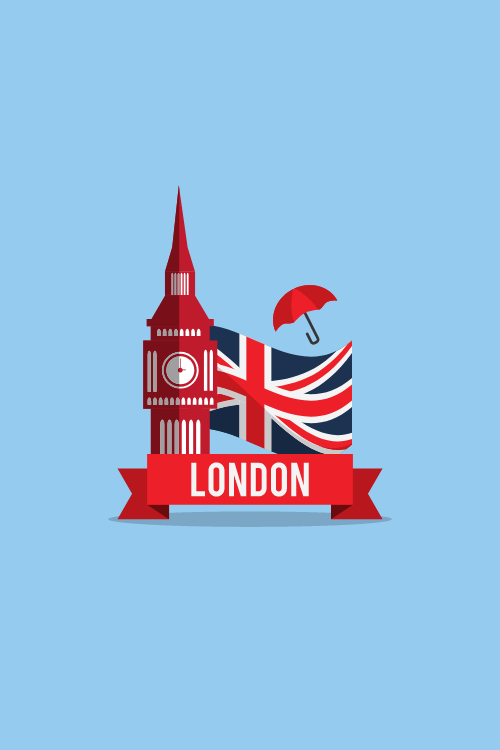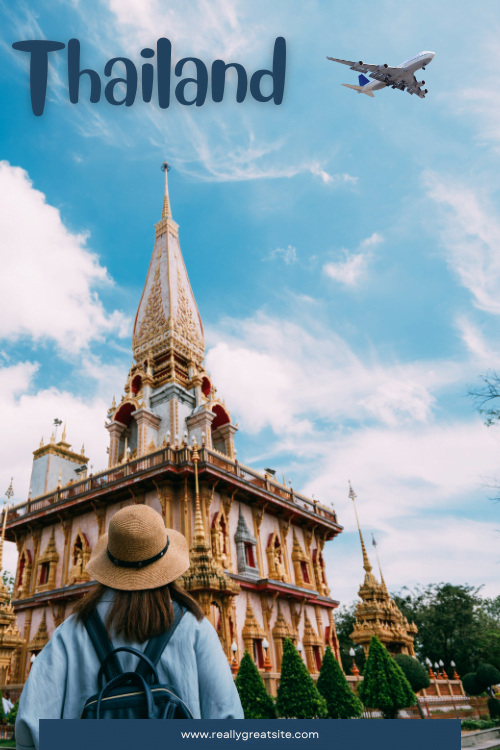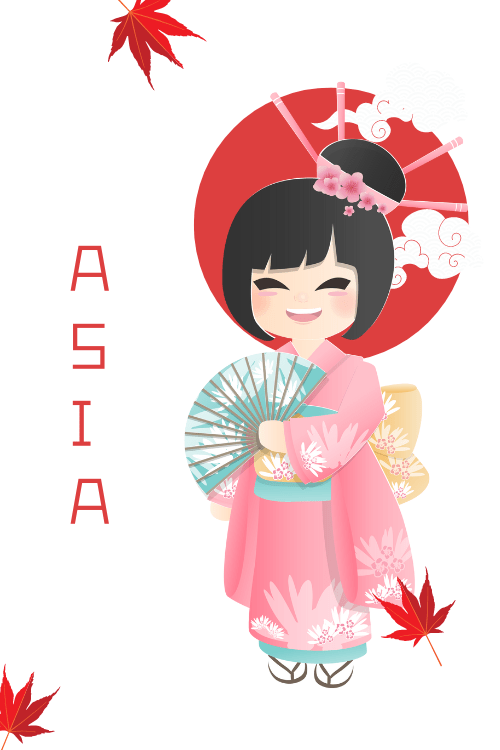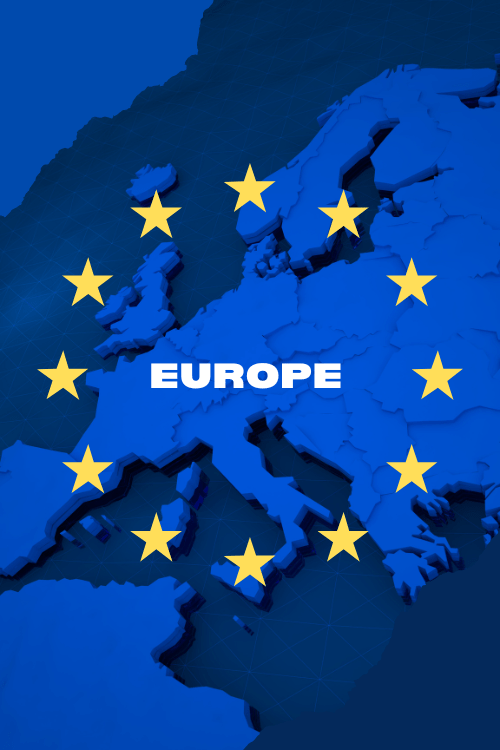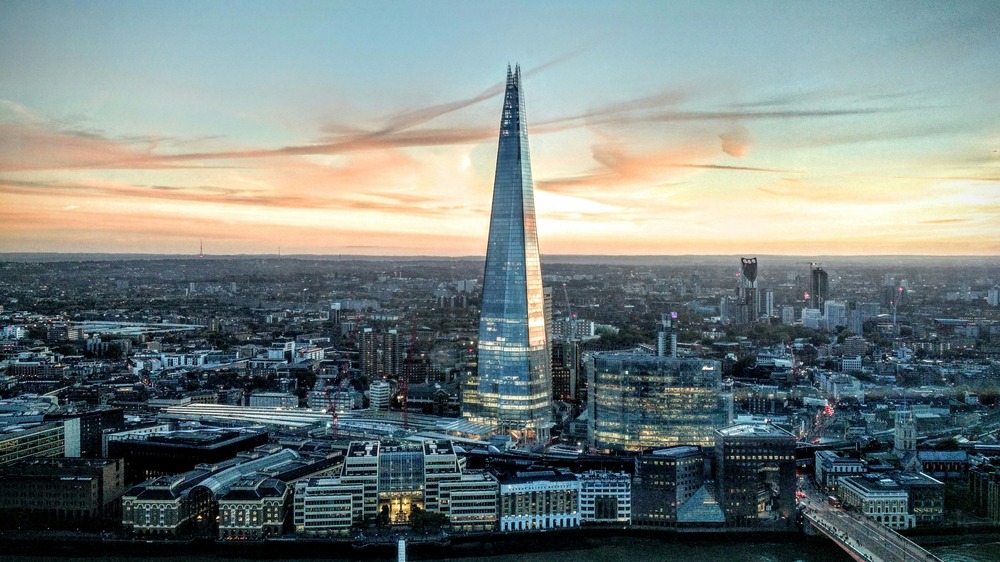Travel
Best Time to Visit London
A Quick Overview of London
London, the historic capital of England, is a vibrant metropolis where centuries-old tradition meets modern innovation. This dynamic city offers everything from royal palaces and world-class museums to trendy rooftop bars and diverse cultural experiences along the Thames.
Why Timing Matters
The time you choose to come to London can significantly impact your experience, affecting everything from weather conditions and crowd levels to accommodation prices and event availability. While London is busy with tourists all year round, certain periods offer more favorable conditions for different types of travelers.
What This Guide Covers
We’ll explore London’s seasonal variations, helping you decide the ideal time for your trip to London based on weather, events, crowds, and costs. Whether you’re planning to attend the Chelsea Flower Show, experience Wimbledon, or simply explore Central London’s attractions, this guide will help you choose the perfect time for your visit.
Climate Overview
General Climate Description
London’s famously unpredictable weather is characterized by mild temperatures and consistent year-round rainfall. While the city sees around 106 days of precipitation annually, showers tend to be light and rarely last all day. This temperate climate makes London accessible year-round, though proper preparation and layered clothing are always recommended.
Major Climate Zones within London
The sprawling metropolis of London creates its own unique microclimate patterns. Central London typically maintains warmer temperatures than the outskirts due to the urban heat island effect, often feeling several degrees warmer than surrounding areas. The Thames River acts as a natural temperature moderator, keeping riverside areas slightly milder in winter and cooler in summer. Visitors spending time in outer London boroughs should expect slightly cooler temperatures than what’s forecast for the city center.
Seasonal Patterns
Spring transforms London from its winter slumber, with temperatures gradually climbing from 9°C to 15°C (48-59°F) between March and May. The city comes alive with blooming gardens and increasingly longer days, though spring showers are common and can appear without warning.
Summer brings London’s warmest weather, particularly in July when temperatures consistently hover between 18-23°C (64-73°F). The city can experience pleasant sunny spells with warm days stretching across all neighborhoods. However, London summers can surprise visitors with occasional heat waves pushing temperatures above 30°C (86°F), making popular tourist spots particularly challenging to navigate.
Autumn ushers in a notable shift as temperatures begin their gradual descent. September starts relatively warm but by November, the city is decidedly cooler. This season offers some of London’s most photogenic moments as royal parks and gardens display spectacular autumn colors. Rainfall becomes more frequent, though the mild temperatures make exploration comfortable with proper attire.
Winter settles over London with chilly temperatures ranging from 2-6°C (36-43°F), with January and February marking the coldest period. While snow is rare in central London, when it does occur, even a light dusting can affect public transport and city services. Winter days are notably short, with darkness falling by mid-afternoon, though the city compensates with festive lights and indoor attractions.
Practical Tips
Transportation
London’s public transport network operates efficiently year-round, but seasonal factors can impact your journey. Summer tourists often crowd popular tube stations, especially those near major attractions. Consider walking or taking buses during this time to enjoy the warmer weather and city views.
Rainy seasons can make waiting for buses less pleasant, so keep the Citymapper app handy for real-time updates. Late autumn and winter occasionally see transit delays due to weather, particularly if there’s snow or ice.
Accommodation
Hotel prices in London fluctuate dramatically with the seasons. Peak season (June through mid-September) sees rates soar, particularly during Wimbledon and other major events. You’ll find Central London accommodation especially expensive during these periods.
The cheapest time to visit London is typically January and February, when hotel rates drop significantly. Book at least three months ahead for peak season visits, while last-minute deals are more common during shoulder seasons.
Health and Safety
London’s mild climate means few serious weather-related health concerns, but preparation is key. Summer can bring occasional heatwaves, and many older hotels lack air conditioning. The Underground can become uncomfortably warm during these periods.
Winter brings shorter days with darkness falling by 4 PM. While the city is generally safe, take extra precautions when navigating less familiar areas after dark. Rainy seasons can make pavements slippery, so pack appropriate footwear.
Staying Connected
Reliable connectivity is essential for navigating London’s vast public transport network and accessing real-time travel information. Before your trip, consider purchasing an eSIM from eSIM4.com for seamless data coverage from the moment you land.
While London offers extensive free WiFi in many public spaces and cafes, coverage can be spotty in older buildings and Underground stations. Most cafes and pubs will share their WiFi password with paying customers.
If you’re staying longer, local SIM cards are readily available from major providers, though you’ll need an unlocked phone and may face queues at busy central locations.
See Our Best UK eSIM Data Plans Here!
Best Times to Visit by Season
Spring (March to May)
Spring breathes new life into London, making it one of the most lovely times to visit. March starts crisp but by May, the city basks in mild temperatures averaging 15°C (59°F).
The season peaks with the Chelsea Flower Show in late May, transforming the city into a botanical paradise. Royal parks burst with daffodils and cherry blossoms, offering perfect photo opportunities and picnic weather.
Key Spring Events:
- March: Oxford vs Cambridge Boat Race
- April: London Marathon
- May: Chelsea Flower Show
- May: RHS Garden Wisley Spring Plant Fair
Pros:
- Smaller crowds than summer
- Pleasant temperatures for sightseeing
- Beautiful blooming gardens
- Reasonable accommodation rates
Cons:
- Easter holidays can bring temporary crowd surges
- Frequent spring showers
- Unpredictable temperatures
Spring
March to May
Temperature
Key Events
- Oxford vs Cambridge Boat Race
- London Marathon
- Chelsea Flower Show
- RHS Garden Wisley Spring Plant Fair
Advantages
- Smaller crowds than summer
- Pleasant temperatures
- Beautiful blooming gardens
- Reasonable accommodation rates
Disadvantages
- Easter holiday crowds
- Frequent spring showers
- Unpredictable temperatures
Summer (June to August)
Summer marks peak season in London, bringing the warmest weather and longest daylight hours. Temperatures typically range from 18-23°C (64-73°F), perfect for exploring outdoor markets and enjoying rooftop bars.
June and September often deliver the best weather, while July and August can be uncomfortably warm on the Underground. The city comes alive with outdoor events, though this is when you’ll find the highest prices and largest crowds.
Major Summer Highlights:
- June: Trooping the Colour
- June-July: Wimbledon Tennis Championships
- July: BBC Proms
- August: Notting Hill Carnival
Pros:
- Long daylight hours (until 9-10pm)
- Outdoor festivals and events
- Perfect weather for river cruises
- Vibrant atmosphere
Cons:
- Peak tourist crowds
- Highest accommodation prices
- Hot and crowded public transport
- Long queues at major attractions
Summer
June to August
Temperature
Key Events
- Trooping the Colour
- Wimbledon Championships
- BBC Proms
- Notting Hill Carnival
Advantages
- Long daylight hours
- Outdoor festivals
- Perfect for river cruises
- Vibrant atmosphere
Disadvantages
- Peak tourist crowds
- Highest prices
- Crowded transport
- Long attraction queues
Autumn (September to November)
September often provides a sweet spot of sunny weather without summer crowds. As autumn progresses, temperatures gradually drop from 18°C (64°F) to 10°C (50°F). The beginning of September sees fewer tourists as school holidays end, making it an ideal time for exploring popular attractions.
London’s royal parks transform into a spectacular display of autumn foliage, particularly in Richmond Park and Greenwich Park. This season brings a cozy atmosphere as traditional pubs light their fireplaces and serve warming Sunday roasts.
Notable Autumn Events:
- September: London Design Festival
- October: London Film Festival
- November: Lord Mayor’s Show
- November 5th: Guy Fawkes Night fireworks
Pros:
- Reduced tourist crowds after summer peak
- Mild temperatures ideal for sightseeing
- Beautiful fall colors
- Better hotel availability and prices
Cons:
- Increasing rainfall
- Variable temperatures
- Shorter daylight hours
Autumn
September to November
Temperature
Key Events
- London Design Festival
- London Film Festival
- Lord Mayor’s Show
- Guy Fawkes Night
Advantages
- Reduced crowds
- Mild temperatures
- Beautiful fall colors
- Better hotel rates
Disadvantages
- Increasing rainfall
- Variable temperatures
- Shorter daylight hours
Winter (December to February)
Winter brings a magical atmosphere to London, despite the chilly temperatures ranging from 2-6°C (36-43°F). December transforms the city with Christmas lights and decorations, while January and February offer the cheapest time to visit London.
The city’s indoor attractions come into their own during winter. Museums, galleries, and historic houses provide warm refuge, often with smaller crowds and better exhibition access.
Winter Highlights:
- December: Winter Wonderland in Hyde Park
- December: Christmas markets across the city
- January: New Year’s Day Parade
- February: Chinese New Year celebrations
Pros:
- Lowest accommodation rates
- Festive atmosphere (especially December)
- Smaller crowds at major attractions
- Winter sales in January
Cons:
- Limited daylight hours
- Cold temperatures
- Occasional transport disruption in severe weather
- Some outdoor attractions have limited hours
Winter
December to February
Temperature
Key Events
- Winter Wonderland
- Christmas Markets
- New Year’s Parade
- Chinese New Year
Advantages
- Lowest rates
- Festive atmosphere
- Smaller crowds
- January sales
Disadvantages
- Limited daylight
- Cold temperatures
- Transport disruptions
- Limited attraction hours
Travel Tip: Winter visits require careful packing – layers are essential, along with a waterproof coat and comfortable, water-resistant shoes.
Best Times to Visit by Region
Central London (Westminster, Covent Garden, Soho)
The heart of London demands strategic timing for the best experience. Early spring and late autumn offer ideal conditions for exploring this bustling district. Morning visits (before 10 am) to major attractions like Westminster Abbey and Buckingham Palace help avoid the largest crowds.
Best months: March, April, September, October
Peak times to avoid: July-August (unless you don’t mind crowds)
Hidden tip: Sunday mornings provide surprisingly quiet moments for photography around iconic locations
South Bank & London Bridge Area
This riverside region offers different charms throughout the year. Summer evenings are perfect for riverside walks and outdoor dining, while winter brings atmospheric Christmas markets. The area around Tower Bridge and Borough Market is most enjoyable during shoulder seasons.
Best months: May, June, September
Peak times to avoid: Saturday afternoons year-round
Local insight: Visit Borough Market on Thursday mornings for a more authentic local experience
West London (Kensington, Chelsea, Notting Hill)
These elegant neighborhoods shine during spring when their gardens bloom and cafe culture spills onto the streets. The area is particularly lovely during Chelsea Flower Show in May, though accommodations become scarce.
Best months: April-May, September-October
Peak times to avoid: During Notting Hill Carnival (August Bank Holiday)
Smart timing: Visit Portobello Road Market on weekdays instead of Saturday
East London (Shoreditch, Spitalfields, Hackney)
This trendy area maintains its appeal year-round but truly comes alive in summer with street festivals and outdoor markets. Winter brings unique charm with indoor vintage markets and cozy pub culture.
Best months: June-August for outdoor activities, November-December for markets
Peak times to avoid: First Thursday of each month (unless you enjoy crowds)
Local tip: Sunday mornings are perfect for Columbia Road Flower Market
Greenwich & South East London
This historic area offers more breathing space than central London. Summer brings perfect conditions for park picnics and riverside walks, while the indoor attractions (Royal Observatory, Maritime Museum) make excellent winter destinations.
Best months: July-August for outdoor activities, January-February for museums
Peak times to avoid: Bank holiday weekends
Expert tip: Visit mid-week for shorter queues at the Royal Observatory
Factors Affecting Your Visit
Tourist Seasons
London’s tourist patterns follow distinct seasonal flows that significantly impact your experience and budget.
Peak Season (Mid-June to August)
The city reaches maximum capacity during these months. Expect attraction wait times to double or triple, with advance booking essential for popular sites like the London Eye and Tower of London. Hotel prices can increase by up to 50% during this period.
Shoulder Season (March to May, September to November)
These months offer an excellent balance of decent weather and manageable crowds. You’ll find reasonable hotel rates and shorter queues at major attractions. Spring brings flowering parks while autumn offers harvest festivals and cultural events.
Off-Season (December to February)
Despite December’s Christmas crowds, this period generally sees fewer tourists. January and February offer the best hotel deals and quietest moments at popular attractions, though shorter daylight hours limit outdoor activities.
Crowds and Prices
Understanding crowd patterns helps maximize your London experience while minimizing costs.
High-Traffic Periods:
- School holidays (particularly mid-July to early September)
- Christmas and New Year (December 20-January 2)
- Easter week
- Bank holiday weekends
Money-Saving Times:
- Mid-January through February (excluding Valentine’s Day)
- Early March
- Mid-September to November (excluding half-term)
Special Events and Festivals
Major events significantly impact city dynamics and should factor into your planning.
Annual Calendar Highlights:
January: London Art Fair, New Year’s Day Parade
February: Chinese New Year, London Fashion Week
March: Head of the River Race
April: London Marathon, St. George’s Day
May: Chelsea Flower Show, FA Cup Final
June: Trooping the Colour, Royal Ascot
July: Wimbledon, BBC Proms begins
August: Notting Hill Carnival
September: London Design Festival, Open House London
October: London Film Festival
November: Lord Mayor’s Show, Bonfire Night
December: Winter Wonderland, New Year’s Eve fireworks
Event Impact Tips:
- Book accommodation 3-6 months ahead for major events
- Expect higher prices during significant festivals
- Consider alternative areas during localized events
- Plan transport carefully during large-scale celebrations
Best Times for Specific Activities
Outdoor Adventures
London’s outdoor activities require careful timing for the best experience.
Parks and Gardens:
- Spring (April-May): Peak blooming season in Kew Gardens and Hyde Park
- Summer (June-August): Ideal for boating in Regent’s Park and outdoor swimming in Hampstead Heath
- Autumn (September-October): Perfect for photography in Richmond Park, especially during deer rutting season
Walking and Cycling:
- Best months: April-June, September-October
- Avoid: December-February (shorter days and cold weather)
- Early mornings: Ideal for cycling through the city (before 9am)
Thames Activities:
- River cruises: Best from April to October
- Kayaking: June-September (warmer water temperatures)
- Riverside walks: Year-round, but especially pleasant during May-September
Cultural Experiences
Strategic timing enhances museum and cultural visits significantly.
Museums and Galleries:
- Quietest times: Weekday mornings (especially Tuesday-Thursday)
- Best months: January-February (lowest tourist numbers)
- Free late openings: Many museums offer extended hours one day per week
Historical Sites:
- Tower of London: Winter months for shorter queues
- Westminster Abbey: Early mornings or late afternoons
- St. Paul’s Cathedral: Midweek afternoons
Theatre and Entertainment:
- West End shows: Book Tuesday-Thursday evenings for better availability
- Shakespeare’s Globe: May-September for authentic open-air experience
- Concert venues: Year-round, but book well ahead for summer festivals
Wildlife Viewing
London offers surprising wildlife opportunities throughout the year.
Bird Watching:
- Winter: Waterfowl in St. James’s Park and Wetland Centre
- Spring: Migratory birds in Lee Valley
- Best times: Dawn and dusk
Urban Wildlife:
- Deer spotting in Richmond Park: October-November (rutting season)
- Fox watching: Dawn and dusk year-round
- Pelicans in St. James’s Park: Feeding times at 2:30pm daily
Tips for Visiting in Different Seasons
What to Pack
| Season | Clothing | Accessories | Additional Items |
|---|---|---|---|
| Spring (March-May) | – Layered clothing – Light waterproof jacket | – Comfortable walking shoes – Light scarf – Light gloves | – Compact, sturdy umbrella |
| Summer (June-August) | – Light, breathable clothing – Light rain jacket | – Comfortable sandals/walking shoes – Sun protection hat – Sunglasses | – Sunscreen – Reusable water bottle |
| Autumn (September-November) | – Warm layers – Waterproof coat | – Sturdy walking shoes – Warm scarf – Light gloves | – Portable umbrella |
| Winter (December-February) | – Warm, waterproof coat – Thermal layers – Waterproof boots | – Warm hat – Warm scarf – Warm gloves | – Portable battery pack |
How to Prepare
| Season | Advance Planning | Event & Activity Tips | Weather & Location Strategies |
|---|---|---|---|
| Spring | – Book accommodations 2-3 months ahead | – Check garden and flower show schedules | – Plan indoor alternatives for rainy days |
| – Research lesser-known cherry blossom spots | |||
| Summer | – Book everything 3-4 months minimum | – Download transport apps like Citymapper | – Plan early morning starts for popular attractions |
| – Research free outdoor events and festivals | |||
| Autumn | – Book weekend activities in advance | – Check sunset times (change rapidly) | – Research indoor alternatives for wet weather |
| – Look for shoulder season hotel deals | |||
| Winter | – Book Christmas activities months ahead | – Plan indoor activities for afternoon | – Check transport schedules for holiday periods |
| – Limited daylight considerations | – Research indoor alternatives for bad weather |
Things to Be Aware Of
| Season | Crowd Dynamics | Price & Availability | Weather & Operational Impacts |
|---|---|---|---|
| Spring | – Easter holidays bring crowds | – Higher prices during holidays | – Weather can change quickly |
| – Limited accommodation availability | – Public transport work during bank holidays | ||
| – Some attractions have reduced hours | |||
| Summer | – Long queues at popular attractions | – Peak season prices everywhere | – Extreme heat on public transport |
| – Limited restaurant availability | |||
| Autumn | – School half-term brings temporary crowds | – Seasonal closures for outdoor venues | – Earlier sunsets affect sightseeing |
| – Increasingly unpredictable weather | |||
| Winter | – Christmas crowds in shopping areas | – Some attractions closed for maintenance | – Many outdoor attractions have limited hours |
| – Possible transport disruption in severe weather |

